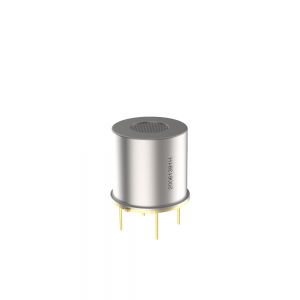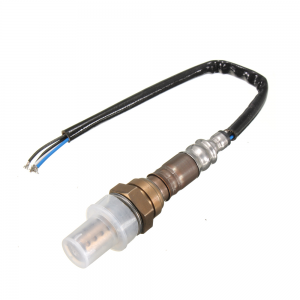Zirconia Sensors
Porous electrodes are placed on two sides of a zirconia ceramic element. When one side is exposed to air and the opposite side to exhaust gas, a voltage is generated in response to the difference in O2 concentration. This property can be used to control the air-fuel ratio.
Z Series
For Automotive Application
In order to meet strict emissions regulations the catalytic converter (CAT) needs to clean the exhaust gas as effectively as possible. The CAT is most efficient at the stoichiometric air-fuel ratio (the point of complete combustion) as shown in the right figure, therefore controlling engine fueling in a narrow window around this point produces the cleanest exhaust gas.
For Motorcycle Application
Emissions regulations for motorcycles are tightening. Demand is increasing for emission systems with air-fuel ratio control and catalytic converters, similar to those used in automotive applications. Non-heated sensors can be used on motorcycles where the sensor is mounted in a high temperature location near the engine, while heated sensors are available for installations where the exhaust gas is cooler.


